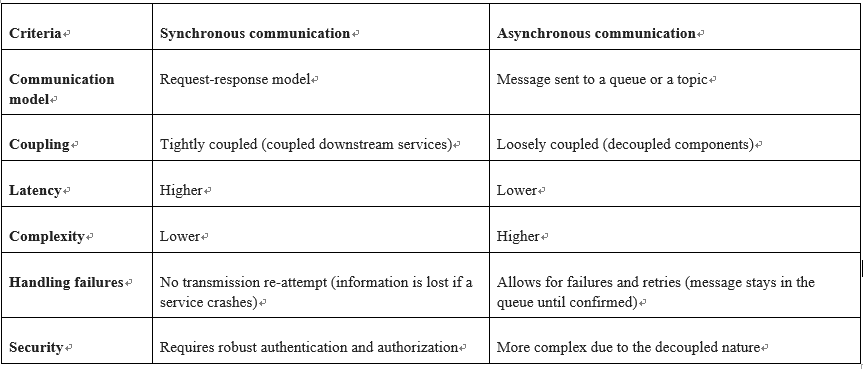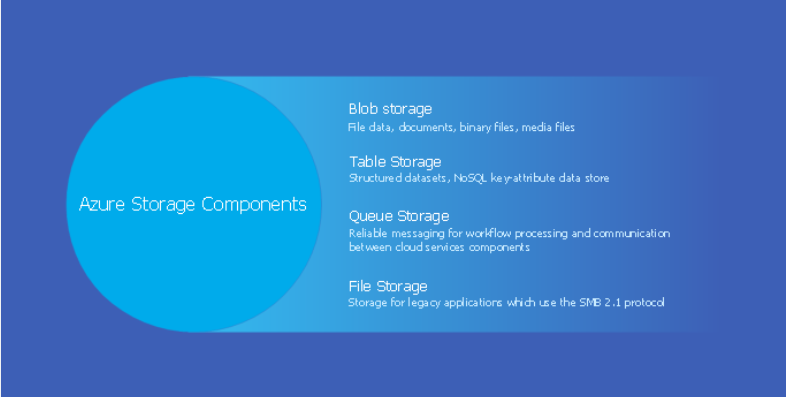Asynchronous communication
Asynchronous communication, on the other hand, decouples the calling service from the called service using messaging protocols. In this model, the calling service pushes a message and continues its operation without waiting for a response. Asynchronous methods can act as a buffer between microservices components and are particularly useful for operations that are time-consuming and don’t require an immediate response.
This mode of communication is often implemented using services such as Amazon SNS and Amazon SQS, among others. Each plays distinct roles, offering different advantages depending on the use case. While SQS is generally used for point-to-point message queuing, SNS excels in a pub-sub messaging pattern using topics, allowing messages to be broadcast to multiple subscribers.
Security in asynchronous communication is often more complex due to the decoupled nature of the services. The message queue (for SQS) or topic (for SNS) itself becomes a critical asset that needs to be secured. Unauthorized access to the queue or topic can lead to data leakage or data manipulation.
However, AWS offers several features to secure your messages and queues. For instance, you can encrypt the messages using AWS KMS and implement IAM role permissions that strictly define which services can publish or subscribe to a particular queue or topic.
Synchronous vs. asynchronous
The choice between synchronous and asynchronous communication depends on various factors such as latency, complexity, and security requirements. Understanding these differences is crucial for designing a secure and efficient microservices architecture.
Comparison
The following table (Table 6.2) provides a comprehensive comparison between synchronous and asynchronous communication across various dimensions:

Table 6.2 – Comparison between synchronous and asynchronous communication
Use cases
Here are some common use cases where each type of communication is most advantageous:
- Real-time operations: Synchronous communication is often preferred for real-time data fetching, user authentication, and transactional operations where immediate feedback is crucial.
- Long-running and event-driven tasks: Asynchronous communication is ideal for long-running processes such as video encoding, event-driven architectures, and batch-processing tasks that don’t require an immediate response.
- Fault tolerance and scalability: Both synchronous and asynchronous methods have their roles in building fault-tolerant and scalable systems. Synchronous methods are generally used for crucial operations requiring immediate consistency, while asynchronous methods are used for operations that can afford to be retried or delayed.
- Hybrid systems: In complex applications that require both real-time user interactions and background processing, a mix of synchronous and asynchronous communication is often employed.



